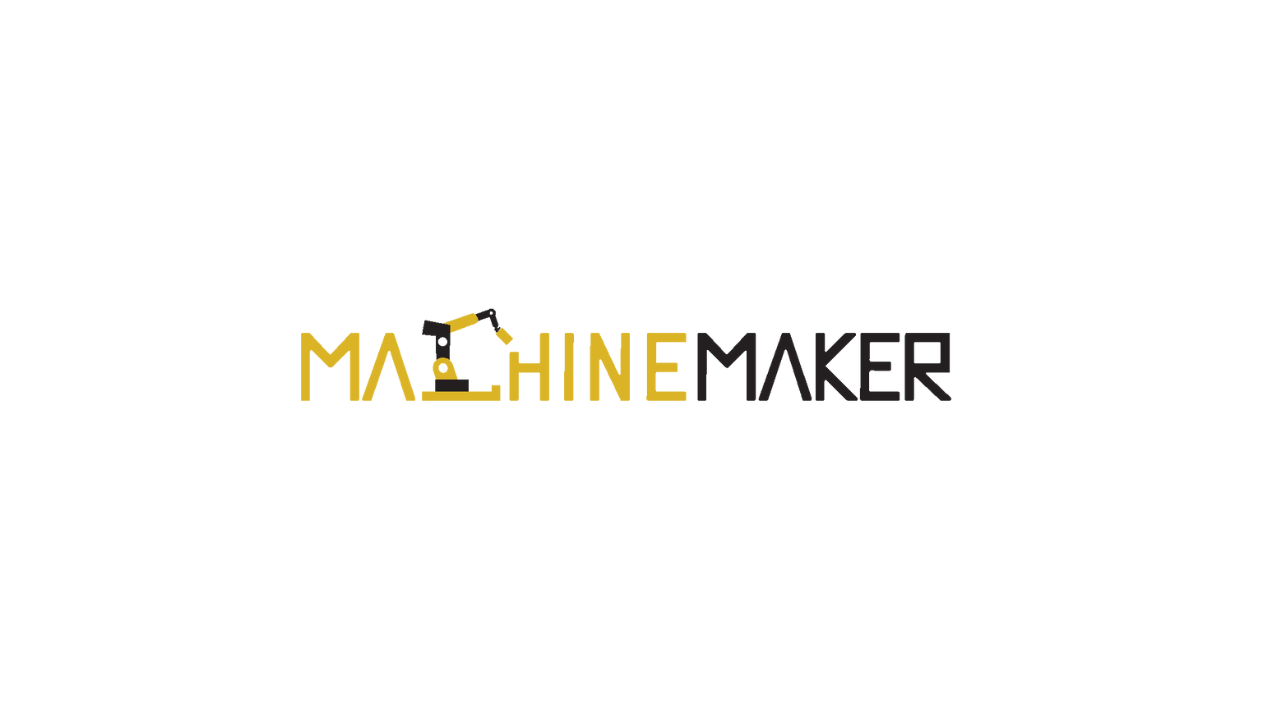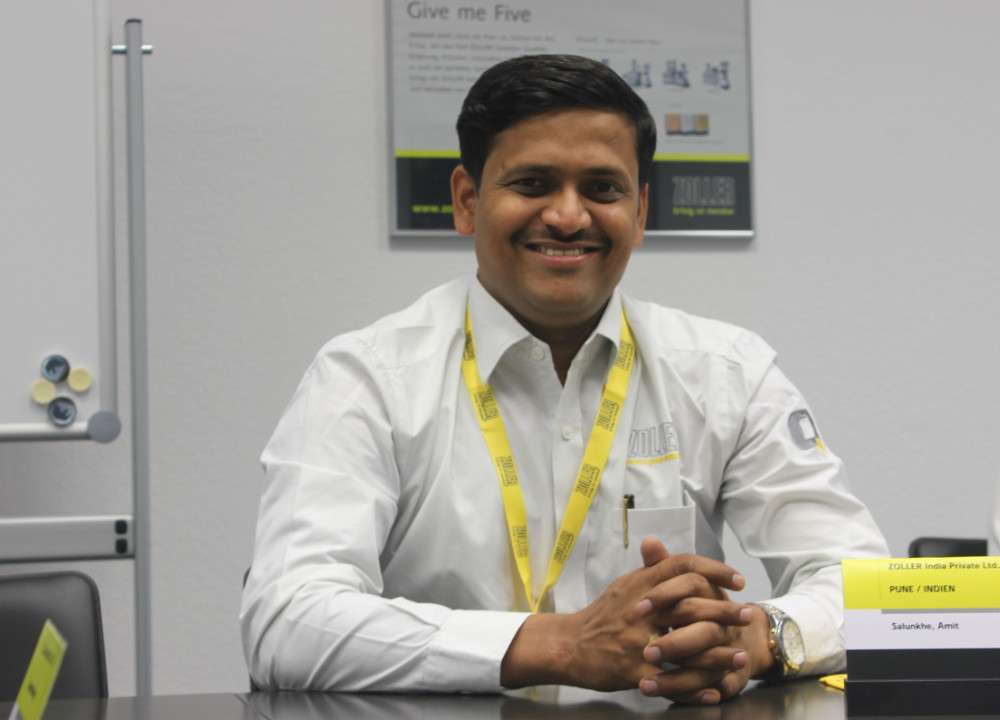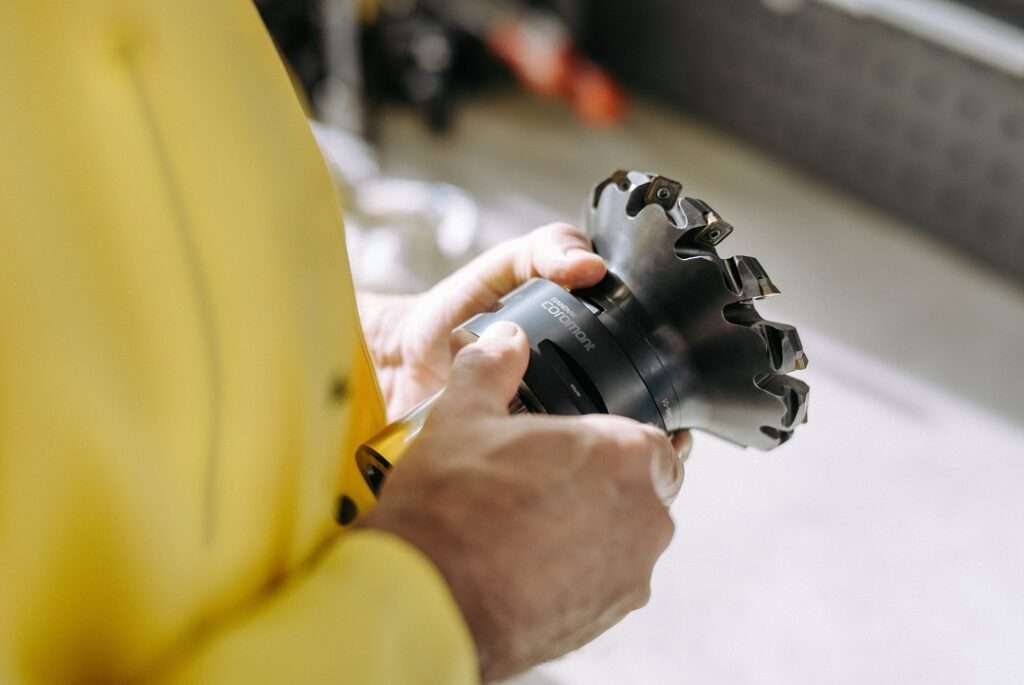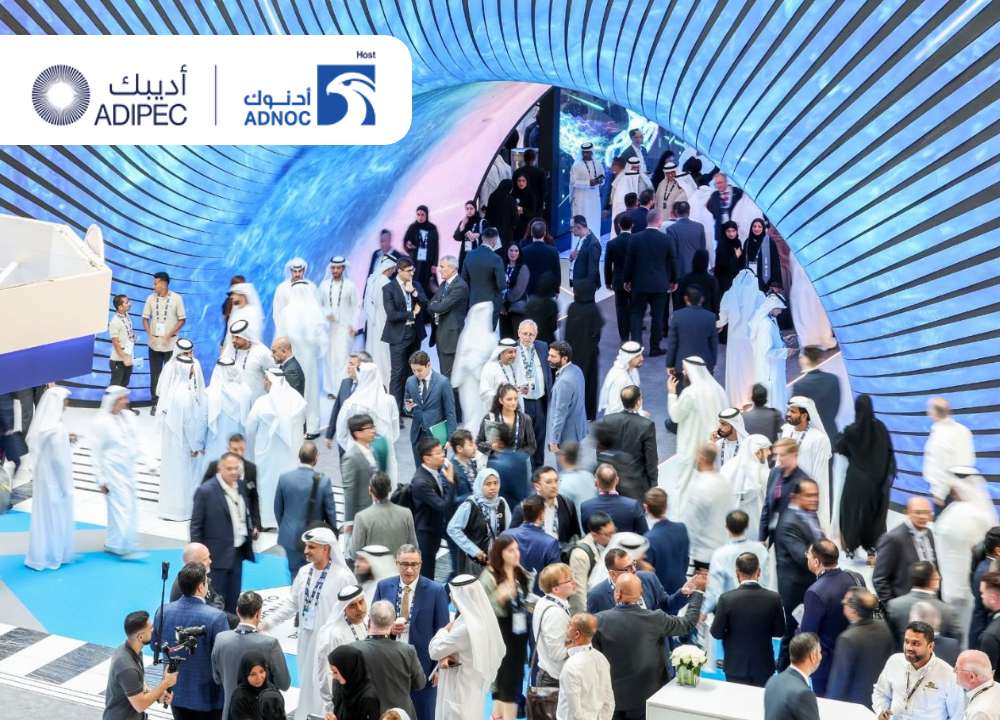- Panelists applauded this policy, debated on key challenges in terms of its adoption, performance, and sales
- The panelists debated on new business models for the energy storage operators and the impact of the policy
- MSMEs in the country will play a major role in Electric Vehicle manufacturing, especially in two and three-wheeler segments
Will EV sale find tailwinds after the government’s new policy that allows manufacturers to sell EVs without batteries installed? The anticipation of a positive outcome is rife, so is the caution that it might lead to even more complexity for buyers. While the industry is abuzz with both, Machine Maker opened a timely platform to discuss, debate, and deliberate upon the pressing needs of the EV industry. In yet another enthralling Friday Debate hosted by Machine Maker on 3rd September, a group of industry insiders and experts from the EV and energy sector gathered on the virtual debate to focus on the Government’s recently announced policy and its outcomes, advantages, and shortcomings.

Hosted by Hari Shanker, Managing Editor and co-hosted by Dr. Parveen Kumar, Sr Manager WRI, India, the expert panel on debate included Gopal K Jaidka, Founding Director, Jaidka Power Systems Pvt Ltd, who are into manufacturing two and three-wheeler electric vehicles, Neha Malu Tapadiya, Co-founder Scion Energy Storge, Nakul Kukar, Co-founder and CEO, Cell Propulsion, Rohan Singh Bais, Founder, and Director Ziptrax Clean Tech Pvt. Ltd., and KanvGarg, Director, Renewable Energies and Advanced Mobility.
In his introductory speech Dr. Kumar mentioned that although the EV sector is giving mixed responses, the majority of the manufacturers are applauding this policy, mainly because it has the potential to address key challenges in terms of its adoption, performance, and sales. Another reason is that the upfront cost of the EVs is reduced by almost 40%, and reduce the confusion among all stakeholders about the GST applied. In addition, it is encouraging the battery swapping infrastructure and charging stations.
Mr. Jaidka, while commenting on the policy said, “The EV market is still developing and thus the requirements are new and unprecedented. So we cannot even try and apply what different countries are following as every nation is a unique environment. Even though this is a think tank, the policy is fairly conducive for the vehicle manufacturers.” He also stressed the point that the Government as well as a manufacturer should only think about the conveniences of the buyers and sync with the abilities of the manufacturers. This will help achieve the national agenda of running 30% EVs by 2030.

Gopal adds, “This is a horse and cart situation. Electric Vehicle and battery are both important and at this moment the cost of both is almost the same. This new rule will bring down the burden of investing heavy resources over battery by a vehicle manufacturer, and we welcome this move”.
Putting forth her view Mrs. Tapadiya said, “It’s a welcome step for the whole EV ecosystem, provided it is implemented correctly. This will encourage the industry to develop sustainable models, achieve national agenda, increase volume in the business vertical, and elevate the merger and consolidations.” She also added that battery operators will have to manufacture innovative products with high performance.” About the policy, she said that it is good for the long term but projects some ambiguities in the short run.
In Mr. Garg’s opinion, the policy is just a piece of paper if not implemented in the right way. “EV is an upcoming market and therefore we cannot choose a particular technology or model. Observing the kind of opportunities, a new idea, new business models, and new options would help achieve the policies developed by the authorities.” He also added, “This is not policy but guidelines that are to be followed by all stakeholders. The policy was first highlighted in the Delhi Government’s EV Policy”. He informed the Government is still working on framing further guidelines supporting the new rule.

Mr. Kukar opines it’s a good move as it provides a lot of flexibility in the vertical and brings innovations. “In the long run the policy might prove as a pivotal thing because reducing battery cost will be challenging and in addition, the OEMs would want to control the battery packs.” In his anticipation, the battery swapping concept will prove to be better technology and business model. Also, the policy creates a platform to standardize the battery packs.
“The rule is welcoming, and this will enable new players emerging in the EV sector, especially the battery swapping operators. I expect the whole eMobility ecosystem will be benefitted as incentives will be passed down to each of the entities,” highlighted Rohan Singh Bias. He also raised doubts regarding who will be held accountable for the insurance and warranty issues. Gopal Jaidka informed the panel that this issue might start a blame game between the operators as insurance terms are always unclear, but the right kind of qualification on the eccentric matter can help come to a fair conclusion. The battery operators have the option of getting their products tested so this would not come forth as a challenge.

This rule will majorly benefit the commercial sector, where battery swapping can be the best option considering the usage of the EVs, be it Two or Three-Wheeler. “2 Wheeler EV owners for personal purpose normally use 20kms-30kms per day, and they will not require daily charging or swapping of batteries. OEMs can help them in choosing the right battery partners during the purchase”, said Mr. Jaidka.
Answering about the responsibility that comes to the battery manufacturers with this policy, Neha emphasized on the major challenge that the safety of the batteries, it should be in sync with the BMS and the controllers. Also, the performance of the batteries at the cell level will vary from brand to brand and design to design. Therefore, establishing a strong battery swapping infrastructure will help achieve high adoption value. “On top of that, who will bear the burden of tax liabilities, as the GST percentage for batteries is 18% and for vehicles, it’s 5%”, added Neha.
When asked about the complexity involved in financing value and re-sale value, Mr. Garge said, “Segregating the batteries from vehicles will not change the cost but the price of the project. So breaking the projects into various sub-projects will help and more entities can join in.” In the case of financing, decisions are concerned; the market will take two to three years to stabilize. “Addressing the major concerns of customers i.e. safety, cost, and validations, the authorities and industry are also trying to find solutions. The market for EVs in India to get matured will take a couple of years’ time”, said Kanv Garg, Director – Business Consulting, E & Y.

Taking the discussions about how the new electric vehicle manufacturing will steer, Hari Shanker checked with panelists about the focussed activities by vehicle manufacturers and battery manufacturers, who can bring innovations and concentrate on their respective fields. The standardization of batteries can help the industry to get diversified options for the customers. Replying to this, Nakul Kukar shared that this policy act as a stimulus to new players provided that the warranty issue is not raised. He adds, “OMEs would not want to offload their liabilities on the battery, and thus both should work in partnership.” Further, on this debate, Mr. Jaidka said, “Vehicles are test approved, it can be approved for different levels of battery power. So, combining both will not be a problem.”
The question was raised about whether the ease of manufacturing vehicles under this policy and whether it restricting innovations. “The MSMEs are leading the EV market right now and this has created a stir within the big brands. Where MSMEs are selling 7000-6000 units, the big brands have only old 1000-2000 units. As the inventory costs have reduced they can invest in new technology and enhance the volume. MEMEs have defiantly benefitted by the policy”, added Mr. Jaidka
In the Q&A session, an attendee asked a question about the environmental effects of the burned-out batteries. Mr. Bais assured, “we already have a policy that makes the owner by back the materials so that the batteries are responsibly recycled. It will happen the same in case of vehicle batteries.” Nakul added, that this might be favorable for the 2-wheeler batteries considering the technology and the cooling mechanism that works better for the smaller vehicles.
“India is a cost-sensitive market and even if customers are well aware of the vertical they will still go for cheaper options. COVID19 situation is enabling local manufacturing to improve the EV supply chain in the country and reduce its dependence on China which is a very welcome move”, added Neha Malu Tapadia, Co-Founder, Scion Energy Storage.
Mr. Kukar anticipates that new players will increase, more variations will be launched and it will impact in adoption of EVs. The event was concluded by Dr. Kumar’s thoughts, “It will be a learning experience for the manufacturers of the heavy vehicles addressing the high upfront cost.” The debate brought in new thoughts and great debates and discussions from the panelists as well as from the participants.
Commenting further, Dr. Parveen Kumar informed that the battery swapping gives a similar refueling experience for EVs as ICE vehicles. Plug-in fast charging options can accelerate battery degradation, which may lead to a decrease in battery life. In battery swapping, the consumer can replace the battery in 1-2 minutes, and the discharged battery at the swapping station can be slow charged in a controlled temperature environment, which is important for the long battery life.
For more details visit www.themachinemaker.com/events







